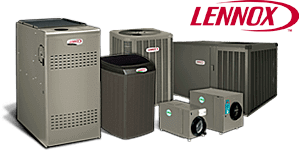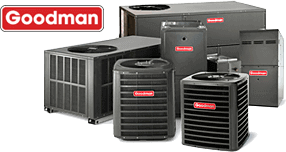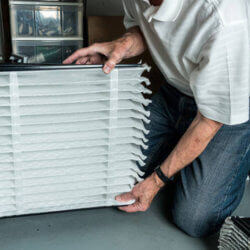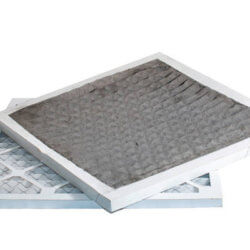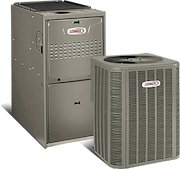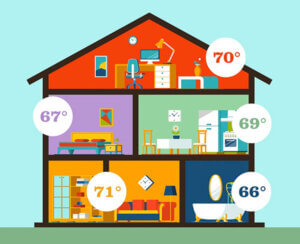
Modern homeowners are constantly looking for ways to improve comfort and efficiency in their homes, and one of the best ways to achieve this is through furnace zoning system installation. A zoning system allows for customized heating across different areas of the home, optimizing energy use and enhancing overall comfort. In this guide, we’ll explore how zoning systems work, their benefits, and key considerations for integrating them with a furnace.
To learn more or request a quote for customized furnace installation in your home, contact the experts at Galmiche & Sons in St. Louis, today.
What Is a Furnace Zoning System?
A furnace zoning system divides a home into separate heating zones, each controlled independently using thermostats and dampers within the ductwork. Instead of heating the entire home uniformly, this system directs warm air only to the areas that need it. Furnace zoning system installation eliminates hot and cold spots, improves energy efficiency, and enhances individual comfort levels.
Benefits of Furnace Zoning System Installation
1. Improved Comfort
Traditional heating systems often struggle to distribute heat evenly, leading to temperature fluctuations between rooms. One of the main HVAC zoning system benefits is that homeowners can maintain consistent and personalized temperatures in different areas of their homes.
2. Energy Efficiency and Cost Savings
Since a zoning system only heats occupied or in-use areas, it reduces overall energy consumption. This targeted approach leads to lower utility bills and a reduced carbon footprint.
3. Prolonged Furnace Lifespan
A zoning system decreases the strain on the furnace by preventing it from overworking. This results in fewer repairs, reduced wear and tear, and an extended lifespan for the heating system.
4. Better Control Over Heating Preferences
Households with multiple occupants often have varying temperature preferences. A zoning system enables personalized temperature settings for different rooms or floors, ensuring everyone’s comfort.
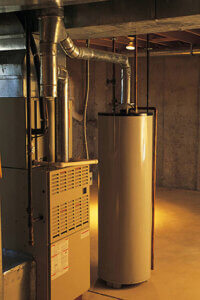
Key Components of a Furnace Zoning System
1. Thermostats
Each zone has its own thermostat, allowing independent control over the temperature in that specific area.
2. Zone Dampers
Installed inside the ductwork, dampers regulate airflow by opening or closing based on heating demands in each zone.
3. Control Panel
The control panel acts as the central hub, connecting thermostats and dampers to the furnace and ensuring seamless operation.
How to Integrate a Zoning System with Your Furnace
1. Assess Your Home’s Layout
A professional HVAC contractor will evaluate your home’s structure, insulation, and heating requirements to determine the ideal zoning plan.
2. Determine the Number of Zones Needed
The number of zones depends on factors such as home size, floor plan, and the number of occupants. Common zoning setups include separate zones for each floor, living areas versus bedrooms, or frequently used versus rarely used spaces.
3. Install the Necessary Equipment
The installation involves adding thermostats, dampers, and a control panel to the existing furnace and duct system. Professional installation ensures proper setup and performance.
4. Program and Test the System
After installation, the system needs to be programmed to align with household heating preferences. Testing ensures all zones receive the correct amount of heat without airflow issues.
FAQs About Furnace Zoning System Installation
1. Can a zoning system be added to an existing furnace?
2. How many zones can I have in my home?
3. Will a zoning system work with a smart thermostat?
4. Does a zoning system require additional maintenance?
Contact Galmiche & Sons for Expert Furnace Zoning System Installation in St. Louis
If you’re looking to optimize your home’s heating efficiency and comfort, consider installing a furnace zoning system. At Galmiche & Sons, we have decades of experience designing and installing custom HVAC solutions tailored to your home’s needs.
Contact our heating and air conditioning experts today to schedule a consultation and learn how a zoning system can enhance your home’s heating performance while reducing energy costs.
